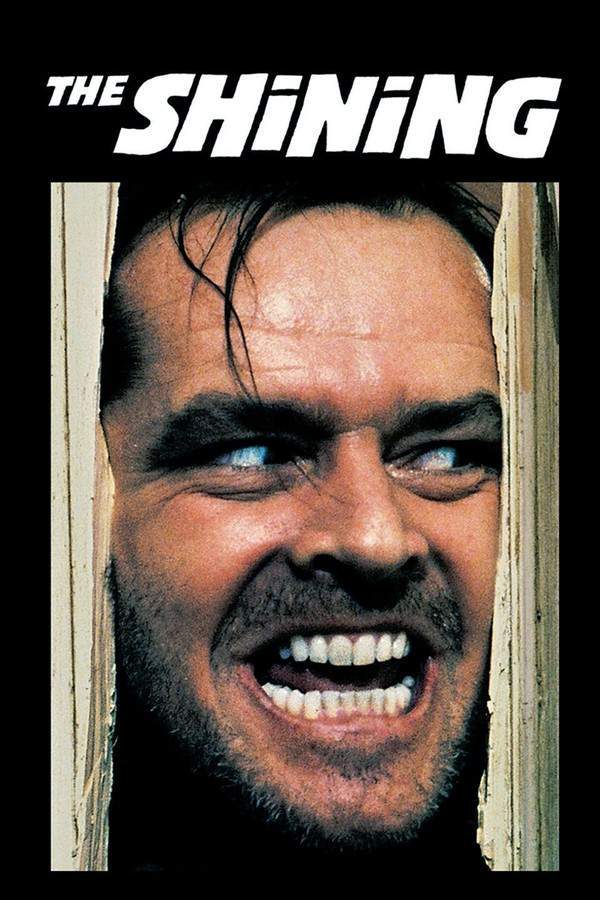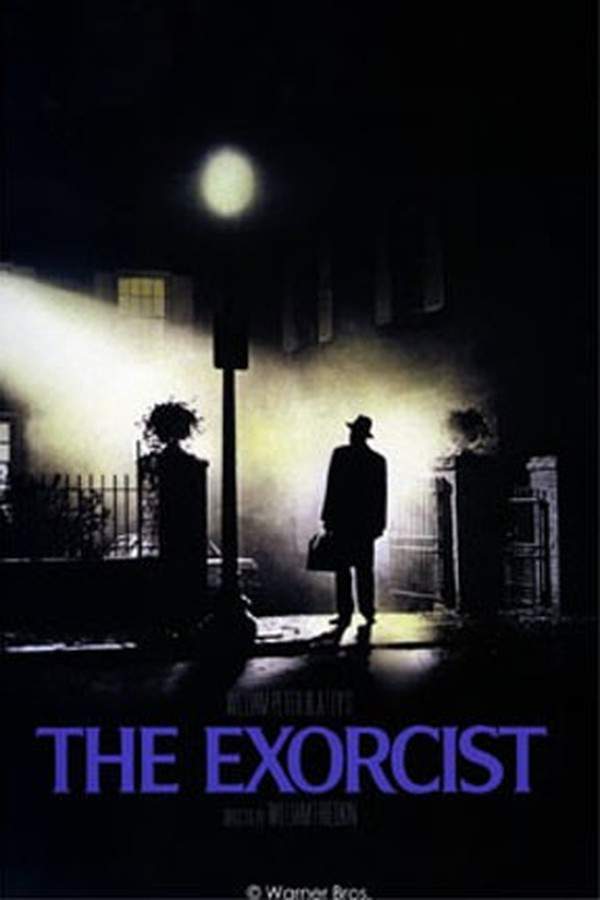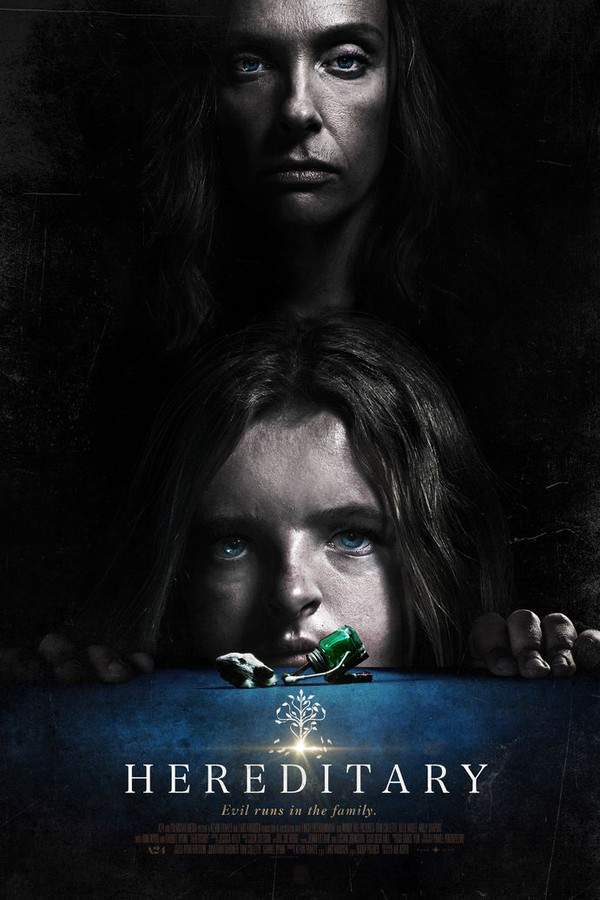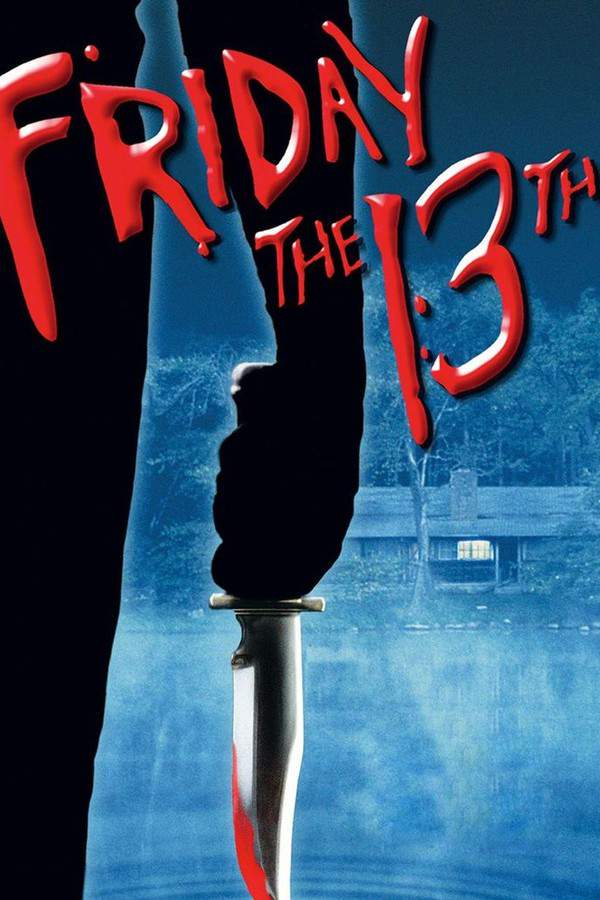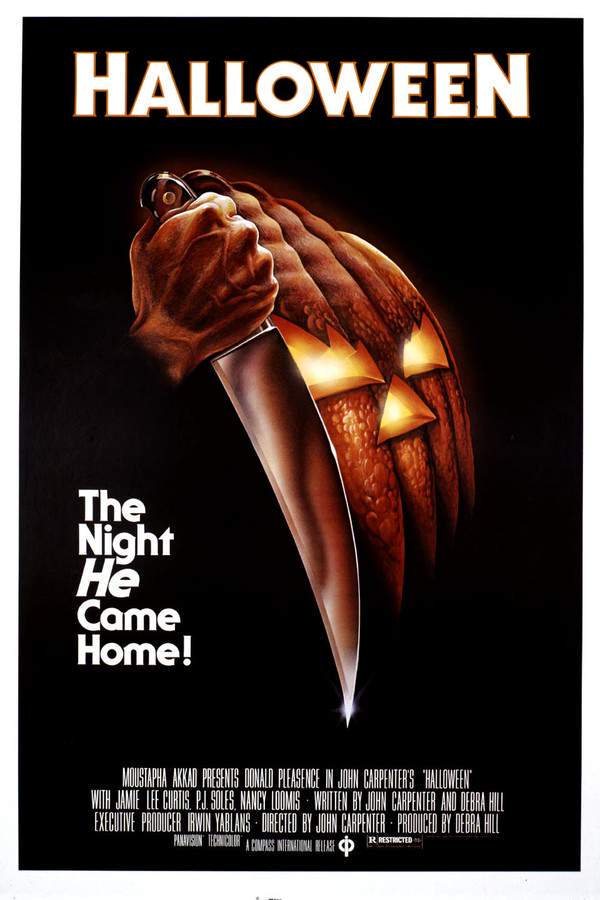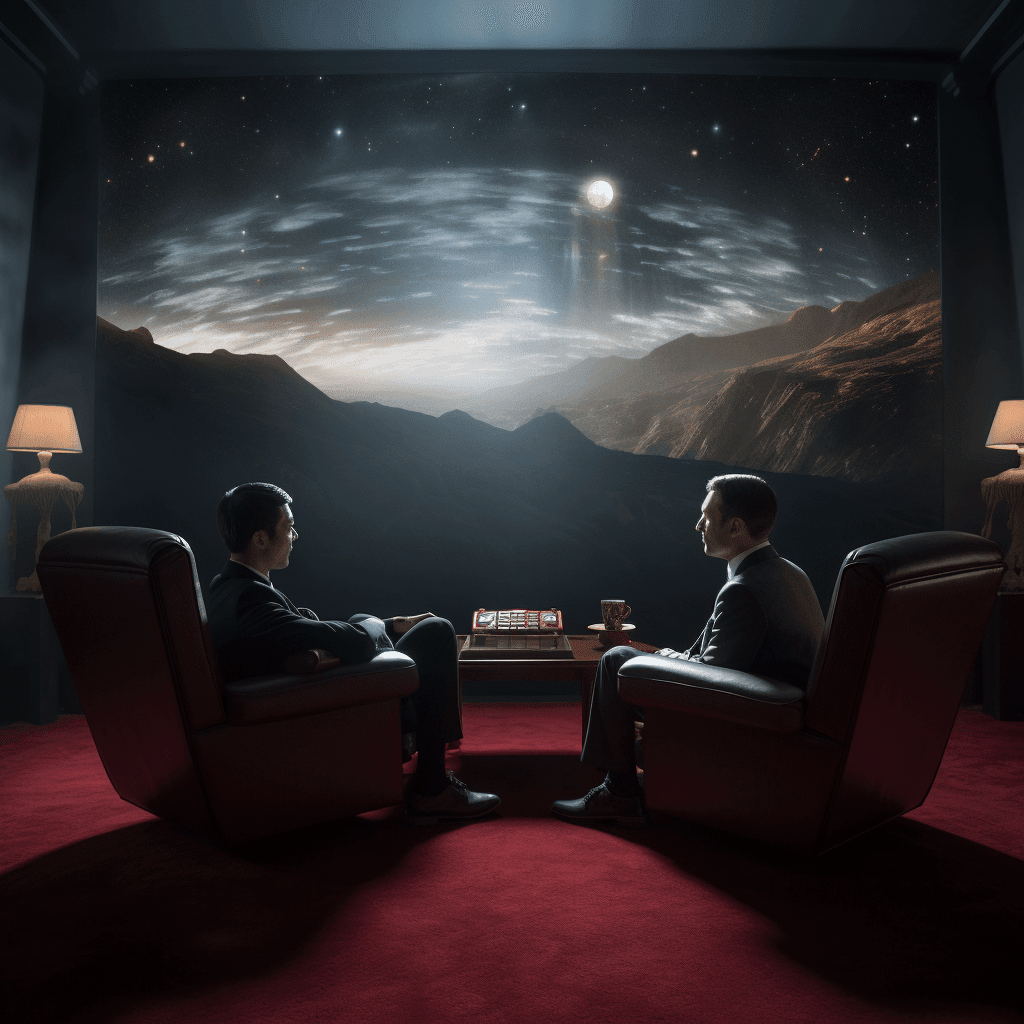What's After the Blog?
Criticism • Fan Theories
The Psychology of Scary Movies: Why We Love to Be Frightened
Delve into the fascinating psychology behind horror films, exploring why audiences are drawn to the thrill of fear, the role of empathy, and the evolving technology that makes these movies a captivating reflection of our deepest anxieties.
December 15, 2023

Movies mentioned in this article
The Psychology of Scary Movies: Why We Love to Be Frightened
Introduction
Horror films have captivated audiences for generations, consistently proving to be one of the most enduring and popular movie genres. From the classic chills of Alfred Hitchcock’s Psycho to the visceral terror of The Exorcist, and the psychological dread of recent hits like Hereditary, the allure of being frightened remains a fascinating paradox. This blog post delves into the psychological underpinnings of this phenomenon, exploring why scary movies captivate us, despite—or perhaps because of—the fear they evoke. By examining the thrill of controlled fear, the physiological responses involved, and the cultural and social factors at play, we seek to unravel the complex relationship between horror films and their eager audiences.
The Thrill of Fear
The concept of controlled fear lies at the heart of the horror film experience. Unlike real-life dangers, scary movies provide a unique environment where audiences can experience fear in a controlled, safe setting. This controlled environment allows viewers to enjoy the adrenaline rush without the risk associated with actual danger. For instance, films like Jaws and A Quiet Place play on primal fears (fear of the unknown and fear of predators) but within a framework that reassures the viewer of their safety. The thrill is akin to the exhilaration of a rollercoaster ride - the perceived danger is part of the excitement, yet there’s an underlying understanding of being in a secure environment.
Horror films often serve as a playground for our deepest fears and anxieties. They tap into universal fears such as death, the unknown, and loss of control. Classic slasher films like Halloween and Friday the 13th exploit the fear of being pursued by an unstoppable force, while supernatural horrors like The Conjuring series play on fears of the unseen and otherworldly entities. The diverse range of fears addressed in horror cinema reflects the multifaceted nature of what frightens us as humans.
Moreover, horror movies provide a form of escapism. In a paradoxical way, they offer a break from everyday stress and anxieties by immersing the viewer in a world where the focus shifts to more primal, immediate fears. This diversion can be strangely comforting; as the narrative unfolds, the audience’s real-world concerns are momentarily overshadowed by the on-screen perils faced by the characters. The success of horror franchises like Saw and Final Destination can partly be attributed to this escapism, offering viewers intricate, suspenseful scenarios that are far removed from the mundanity of everyday life.
In essence, the thrill of fear in horror movies is a complex amalgamation of controlled danger, a fascination with the darker aspects of life, and a unique form of escapism. These films offer a space where audiences can confront and engage with fear in a manner that is both exhilarating and reassuringly safe.
The Science of Scare
The physiological response to fear is a fundamental part of the horror movie experience. When we watch a scary film, our bodies often react as if we’re facing a real threat. The adrenaline rush and fight-or-flight response are triggered, leading to an increase in heart rate, faster breathing, and heightened senses. This is the body’s natural reaction to perceived danger, and it’s a significant factor in why some people love horror movies. Stephen King, the renowned author known for his horror works, perfectly encapsulated this when he said:
“We make up horrors to help us cope with the real ones.”
This quote resonates with the idea that horror movies can serve as a form of processing real-life fears in a safe environment. Films like The Blair Witch Project and Paranormal Activity, with their intense suspense and unseen threats, are prime examples of how horror can manipulate our innate fear responses.
Psychological theories also play a role in our enjoyment of horror. The excitation transfer process is one such theory. It suggests that the arousal caused by fear can intensify the positive emotions we feel after the threat is gone. The relief and joy experienced at the end of a scary movie are heightened by the fear-induced arousal. Consider the climax of Alien, where the terror of the alien is counterbalanced by the triumph of survival, leading to a potent mix of fear and exhilaration.
The Role of Curiosity and Fascination
Human beings have an innate curiosity about the unknown and the forbidden. Horror movies tap into this curiosity by presenting scenarios that are often unimaginable in real life. This fascination with the macabre, the supernatural, and the grotesque is a significant draw for many horror fans. As H.P. Lovecraft, a master of horror literature, once noted:
“The oldest and strongest emotion of mankind is fear, and the oldest and strongest kind of fear is fear of the unknown.”
Horror films like The Shining and Midsommar capitalize on this fear of the unknown, using settings and situations that are both unfamiliar and unsettling. The Shining uses the isolation and mystery of the Overlook Hotel to create a sense of dread, while Midsommar contrasts bright, idyllic visuals with a lurking sense of unease and horror.
Furthermore, horror movies often provide a window into the darker aspects of human nature and society. They explore themes like madness, violence, and the breakdown of social norms, which can be both disturbing and intriguing. Films such as Psycho and Get Out offer insights into the human psyche and societal issues, presenting them in a way that is both thought-provoking and terrifying. This blend of fear, curiosity, and intellectual stimulation is a key reason why many are drawn to horror films.
In these ways, horror movies satisfy our curiosity about the unknown and allow us to confront the darker aspects of life and humanity in a controlled, detached manner. This blend of fear, fascination, and intellectual engagement is what makes the horror genre uniquely compelling.
Catharsis Theory
The concept of catharsis plays a critical role in our attraction to horror films. Aristotle first introduced the idea of catharsis in the context of tragedy in theatre – as a way for audiences to purge negative emotions through the experiences of the characters. This theory can be extended to the horror genre, where viewers vicariously experience fear and anxiety, leading to a sense of emotional release or purification. As Alfred Hitchcock, the master of suspense, once stated:
“Give them pleasure – the same pleasure they have when they wake up from a nightmare.”
This quote highlights the essence of catharsis in horror cinema. Movies like The Exorcist and Hereditary invoke intense feelings of fear and distress, but ultimately provide a release. By the end of the film, viewers often feel a sense of relief or emotional cleansing, having lived through the terror alongside the characters.
Catharsis in horror is not just about fear; it also encompasses the broader spectrum of human emotions like grief, guilt, and anger. Films such as A Nightmare on Elm Street or The Babadook delve into these deeper emotional themes, allowing the audience to confront and process such feelings in a symbolic and detached context.
Social and Cultural Factors
Horror films often reflect and amplify the societal and cultural fears of their time. They act as a mirror to the anxieties, taboos, and conflicts prevalent in society. For instance, George A. Romero’s Night of the Living Dead (1968) was not just a zombie film but also a commentary on the social unrest and racial tensions of the 1960s in America.
Societal fears and horror themes often go hand in hand. During times of political and social turmoil, horror films tend to reflect these anxieties. The Cold War era saw an influx of alien invasion films like Invasion of the Body Snatchers, which played on fears of infiltration and loss of identity. More recently, films like Get Out and Us, directed by Jordan Peele, have tackled issues of race and identity, resonating deeply with contemporary audiences.
Horror movies also serve as a platform to explore and challenge cultural taboos. They often push the boundaries of what is considered acceptable, delving into subjects that are otherwise off-limits. This can be seen in films like Psycho, which broke several taboos of its time, or in more recent examples like Raw, which explores themes of cannibalism and sexuality.
In essence, horror films act as a conduit for societal and cultural exploration. They provide a space where the fears, anxieties, and forbidden subjects of society can be openly displayed and examined. This not only offers a form of entertainment but also a means of understanding and processing the complex world we live in.
The Evolution of Horror Genres
The horror genre is not a monolith but a diverse tapestry that includes a multitude of sub-genres, each catering to different fears and phobias. This evolution reflects the changing landscape of societal fears and technological advancements. For example, the classic Universal Monster movies of the 1930s and 1940s, like Dracula and Frankenstein, tapped into fears of the unknown and the unnatural. In contrast, the atomic age of the 1950s and 1960s brought about a wave of science fiction horror, such as The Thing from Another World, mirroring the era’s fear of nuclear technology and its repercussions.
The 1970s and 1980s saw the rise of slasher films like Halloween and Friday the 13th, which played on fears of random violence and the breakdown of societal order. This trend shifted in the 1990s and 2000s, with the emergence of psychological horror and found footage films like The Silence of the Lambs and The Blair Witch Project, focusing more on the fears of the human psyche and the distortion of reality.
In recent years, there has been a notable trend towards what some call “elevated horror” or “post-horror.” Films in this category, such as The Witch, It Follows, and Hereditary, tend to focus less on jump scares and gore and more on creating a pervasive sense of dread, often dealing with complex themes like grief, guilt, and existential dread. These films reflect a shift in audience preferences and societal fears, moving away from overt terror to a more subtle, unsettling form of horror.
The Role of Empathy and Morality
Empathy and morality play significant roles in the horror movie experience. The ability of viewers to empathize with characters affects their level of engagement and fear. For instance, in A Quiet Place, the audience’s empathy for the family’s plight and their struggle to survive in a world full of monsters heightens the tension and emotional investment in the film. Similarly, in The Texas Chainsaw Massacre, the terror is amplified by the viewers’ empathy for the victims’ suffering and desperation.
Horror films often present a moral play, where the ‘punishment’ of bad behavior and the survival of the ‘good’ are recurring themes. This can be seen in the traditional slasher genre, where characters who engage in immoral behavior often meet a gruesome end, while the ‘final girl’ or morally upright character typically survives. Films like Scream cleverly play with and subvert these tropes, offering a meta-commentary on the morality in horror films.
This interplay of empathy and morality adds depth to the horror experience, making it more than just a showcase of fear and gore. It challenges the viewers to question their moral compass and confront their empathy towards characters facing extreme situations. It’s a reminder that horror, at its core, is deeply rooted in the human experience – our fears, our empathy, and our moral judgments.
The Impact of Technology on Horror
Technological advancements have had a profound impact on the horror genre, both in terms of how these films are made and how they’re experienced by audiences. The introduction of special effects and computer-generated imagery (CGI) has allowed filmmakers to create more realistic and terrifying creatures and scenarios. For example, the seamless integration of practical effects and CGI in movies like The Thing (1982) and its 2011 prequel showcases how technology can enhance the horror experience, making the unimaginable and grotesque come to life on screen.
Sound design is another crucial element where technology has elevated the horror genre. The use of sound, or often the lack thereof, can significantly impact the tension and atmosphere in a horror movie. Films like The Conjuring and Insidious utilize sound to create an immersive and unsettling experience, with the eerie silence punctuated by sudden, jarring noises to induce fear and suspense.
In recent years, the emergence of Virtual Reality (VR) in cinema presents a new frontier for horror. VR offers an immersive experience that traditional films cannot, placing the viewer directly into the heart of the horror. While still in its nascent stages, VR horror experiences like Resident Evil 7: Biohazard in VR mode hint at the potential for this technology to transform the way we experience fear and horror in a cinematic context.
Conclusion
The allure of horror films lies in their complex interplay of fear, catharsis, curiosity, and societal reflection. While they tap into our most primal fears and anxieties, they also offer a safe space to explore and confront these emotions. The evolution of the genre, from classic monster flicks to modern psychological thrillers, reflects the changing nature of what scares us as a society.
Moreover, the role of empathy, morality, and technological advancements in horror cinema underscores the genre’s depth and its capacity to continuously reinvent itself. Horror films are not just about scares; they are a reflection of our deepest fears, societal anxieties, and the human condition.
As we continue to grapple with the complexities of the world around us, horror films provide a unique lens through which to explore and understand these challenges. They remind us that sometimes, facing our fears can be both a terrifying and a deeply enlightening experience.
Continue reading

What's After the Movie?
Not sure whether to stay after the credits? Find out!
Explore Our Movie Platform
New Movie Releases (2026)
Famous Movie Actors
Top Film Production Studios
Movie Plot Summaries & Endings
Major Movie Awards & Winners
Best Concert Films & Music Documentaries
Movie Collections and Curated Lists
© 2026 What's After the Movie. All rights reserved.

